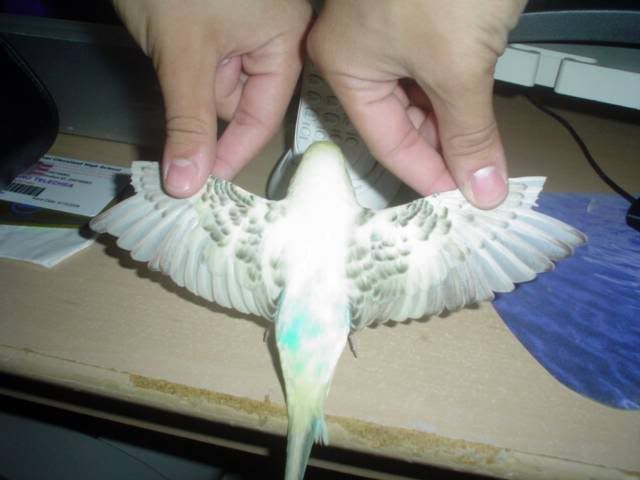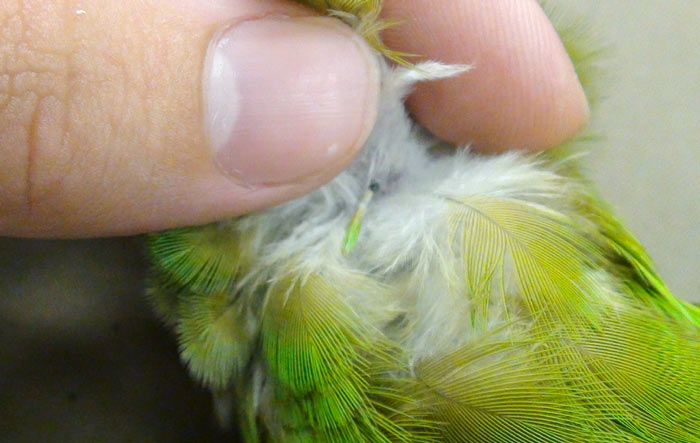Wing Clipping
To prevent a parrot from flying very high or very far, some owners trim the lower half of the primary flight feathers (the first ten feathers from the outside of the wing). The procedure is painless and common among pet bird owners but is also subject to debate among others, as there is evidence that wing clipping can frustrate a parrot and even result in some health problems if he isn’t active enough in his daily life following the clip.
To Clip or not to Clip
When a parrot loses his ability to fly due to clipping, it can result in neurotic behavior, such as self-mutilation. However, clipping your bird’s wings may be vital for his safety—a free-flighted bird is more prone to injury or escape.
The decision to clip your bird’s wings is yours to make. If you do clip your parrot, give him plenty of attention and exercise outside of the cage. You should also provide a particularly large enclosure—anything you can do to create the sense of freedom he would normally experience through flight will be beneficial.

If you don’t clip your bird, you must thoroughly pet-proof your home. Make sure that there is absolutely no way for your parrot to escape or injure himself, and never allow him outside of his cage unsupervised






